I had been walking through Beacon Hill Park in Victoria with my friend Beth when we stopped near her apartment to speak to a neighbor, Ken, and his wife. I heard a sound like a cat and asked Ken if he thought the same. He said it could be a peacock in the park. Then his little dog came out from behind the fence onto the sidewalk and Ken said, “I’ve been teaching him to make that sound!”
That’s such great improvisation! Sometimes it can happen in the moment with someone on the street or a stranger in a line-up. You’re in the moment, saying “yes and,” continuing the improvised story, making it up on the spot.
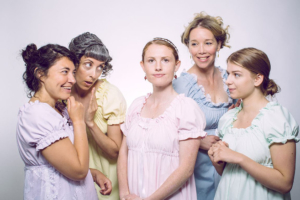 The play I had just seen with Beth was called “Yes And Yesteryear,” an improvised play with a Jane Austen theme put on by Paper Street Theatre. The setting was outside Emily Carr House on Government Street. One member of the cast began with an improvised monologue and that was the only aspect of the play’s content planned in advance. The audience provided a couple of words that began with the letter L: letters and language.
The play I had just seen with Beth was called “Yes And Yesteryear,” an improvised play with a Jane Austen theme put on by Paper Street Theatre. The setting was outside Emily Carr House on Government Street. One member of the cast began with an improvised monologue and that was the only aspect of the play’s content planned in advance. The audience provided a couple of words that began with the letter L: letters and language.
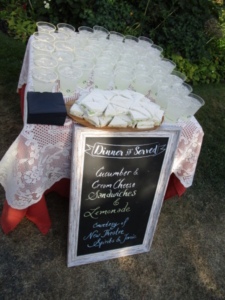 The cast managed to have conflict between the “leading lady” and a potential love interest, mothers interfering with a friend’s wedding that was off and then on again, and a satisfying conclusion – all improvised within an hour! Very well done and in such a beautiful setting at Emily Carr House complete with lemonade and cucumber sandwiches.
The cast managed to have conflict between the “leading lady” and a potential love interest, mothers interfering with a friend’s wedding that was off and then on again, and a satisfying conclusion – all improvised within an hour! Very well done and in such a beautiful setting at Emily Carr House complete with lemonade and cucumber sandwiches.
I’ve been a fan of improv for many years. When I lived in Toronto almost twenty years ago, I attended improv classes and have gone to a few workshops in Nanaimo. It had been a while when I saw a class description in Nanaimo’s Activity Guide in the fall of 2017. Anna Bunce was offering beginner improv. It was such fun for six weeks (or maybe eight) that most of us continued through the next two levels of improv with Anna at Harbour City Theatre. Our third level “graduation show” was on May 22nd at Harbour City Theatre and we had such a fine time as prompted by our teacher Anna. I’d never done anything like that before i.e. performed improv for an audience. They seemed to really enjoy themselves!
Anna returned to her hometown of Nanaimo after eight years in Montreal where she studied at McGill University and later worked there. It was in Montreal that she did improv and wanted to continue in Nanaimo. How fortunate we are here that she teamed up with Jonathan Baker and Dean Chadwick to create Fill in the Blank Improv with Schmooze Productions.
Becoming an improviser is learning to listen and to trust your imagination. That’s what happened for Patricia Ryan Madsen who founded the Stanford Improvisers in 1991. Her book, published by Bell Tower in 2005, is Improv Wisdom: Don’t Prepare, Just Show Up.
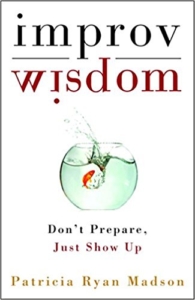 In the prologue, Patricia says: “A good improviser is someone who is awake, not entirely self-focused and moved by a desire to do something useful and give something back and who acts upon this impulse.” That sounds like a great philosophy for life.
In the prologue, Patricia says: “A good improviser is someone who is awake, not entirely self-focused and moved by a desire to do something useful and give something back and who acts upon this impulse.” That sounds like a great philosophy for life.
“A successful life involves both planning and improvising. Sometimes we actually do need a script,” Patricia says. That’s what I’m finding fascinating these days: that intersection of linear thinking with an improvised sort of flow.
“Say Yes” is the first maxim of Improv Wisdom. That’s where the “Yes And” comes in in the play’s title: “Yes And Yesteryear.” In improv, we say yes, we don’t block, and we accept the situation rather than control it. In everyday life, we can look for every opportunity to offer support to another person in the realization of their dreams.
“Don’t Prepare” is the second maxim. It’s something I’ve been doing or not doing this summer. I still have a list but I’m going where the energy is rather than what’s next on the list. I often don’t look at the list at all. Summer is a good time for imagining my home as a cottage where the days are expansive and the imagination is active. I’ll attempt to continue this flow throughout the fall and beyond.
The third maxim is “Just show up.” Patricia says: “Motivation is not a prerequisite for showing up.” I was referring to myself as “unmotivated” for many months. Now I’m seeing my state as being with what is and doing what I have energy for. Things still get done in a more organic, unhurried way by simply showing up.
The fourth maxim is “Start Anywhere” meaning “begin with the most obvious thing, whatever is in front of you.” I agree with Patricia when she says: “Once it is under way any task seems smaller.” A task can become huge when you keep worrying about it.
Patricia suggests that “to improvise is to create order out of chaos.” Rather than write a scripted talk, she suggests notes that ask yourself questions and that way, as you give your talk, you are free to add and develop details that fit the moment.
One of the “try this” practices for this maxim is to improvise a monologue. I’ve been thinking of monologues since I saw “Yes And Yesteryear” where one of the cast members began the improvised play with one. You could try improvising a monologue with this prompt: “If there were four more hours in the day, how would you spend them?”
“Be Average” is the fifth maxim. What is ordinary to us is often a revelation to others Patricia says. I’m reminded of poet William Stafford who wrote a poem a day and recommended the same to his students. If the poem wasn’t as good as they’d like, he’d say: “lower your standards.”
“Pay Attention” is the sixth maxim and that’s what I’ve found is key in improv and therefore, in life. You really need to pay attention to your scene partner to be able to respond. I don’t concern myself with the rest of my classmates watching, I pay attention to the person in front of me. Powers of observation are key to the quality of our everyday life.
Recently in a writing circle I called “In Praise of the Small,” we wrote down some observations from memory and in the present moment. It’s a good daily practice that helps one appreciate each day and the observations can be collected into stories as Matthew Dicks suggests in his book Storyworthy (New World Library, 2018) or as poems such as Jane Hirschfield’s “pebbles” which are gatherings of very short poems.
The seventh maxim from Improv Wisdom is “Face the Facts” which relates to “the virtue of abiding with things as they are.” The Japanese have a word for it: arugamama. The seventh maxim follows the cardinal principle in improv of saying yes. We say yes and we work with what we’ve been given. If we show up in a scene pretending we’re walking a dog and our scene partner says “great to see you and your toddler,” you go with their response. Then you both build on that.
 The eighth maxim is “Stay on Course” and applies to every improvisation having a point. “There is meaning in everything we do, even small tasks,” Patricia says. In the summary for the chapter, Patricia asks “What is my purpose?” and “What would not get done if you were not here?”
The eighth maxim is “Stay on Course” and applies to every improvisation having a point. “There is meaning in everything we do, even small tasks,” Patricia says. In the summary for the chapter, Patricia asks “What is my purpose?” and “What would not get done if you were not here?”
The ninth maxim, “Wake up to the Gifts,” is to treasure the details and making a point of thanking those with thankless jobs.”
The tenth maxim, “Make Mistakes Please,” means turning your attention to what happens next.” I love that about improv. While you may have slipped up in some way, you don’t shrink into yourself, you take a bow and keep going.
With the eleventh maxim, “Act Now,” Patricia says “We begin before there is a plan. What we do moves us forward and gives us more information about how to proceed. The doing becomes the teacher and guide.” I really appreciate that advice like Natalie Goldberg’s advice to writers: “Keep your hand moving.” Action takes priority over good intentions, beliefs, or resolutions.
“Take Care of Each Other” is the twelfth maxim. Improvisers do something to improve the situation for others. What a great feeling to know the rest of the team is there to support you and always have you looking good! Before we did our Fill in the Blank level three graduation show, we patted one another on the back and said “I’ve got your back.”
“Enjoy the Ride” is the thirteenth and final maxim which advises finding “joy in whatever you are doing, including ordinary tasks.” Patricia says: “Look for ways to play. Play is essential to human growth.”
I’m looking forward to more improv practice in classes and every day as I work with these maxims and as my partner Sarah would say, asking myself, what’s the next easy step? As for the intersection of linear thought with the flow of improv, it’s like making notes and tossing them aside to let them land where they may.




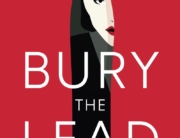

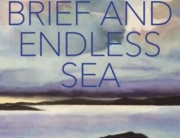
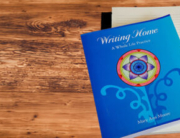
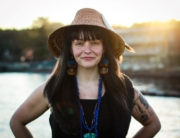
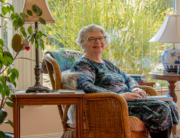

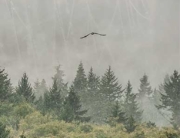



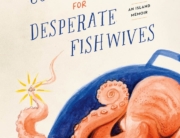
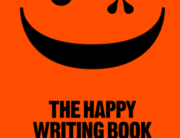

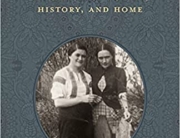
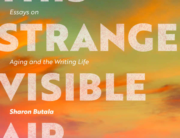

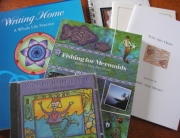



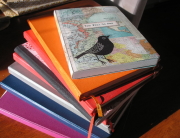
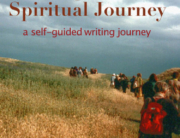
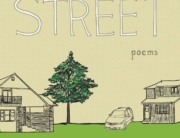
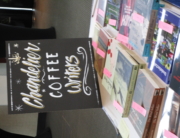
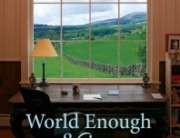
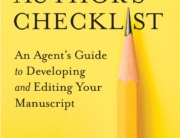
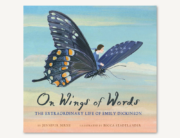

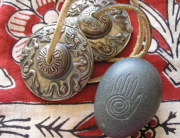
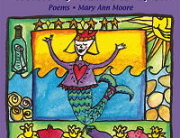

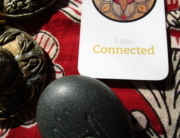


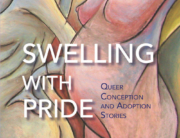

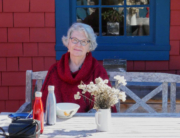
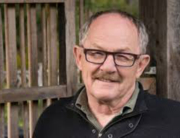
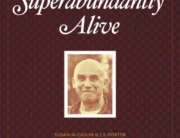
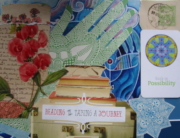
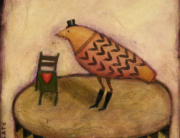

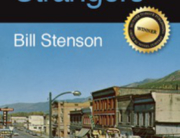
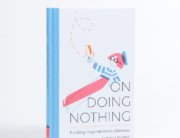


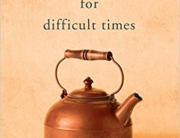

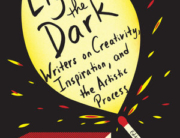

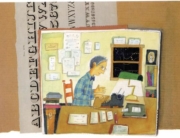
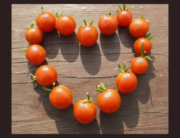





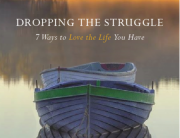

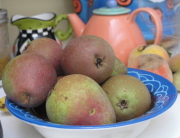
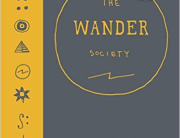
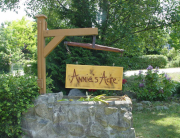
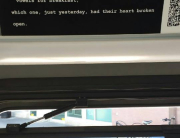

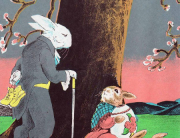
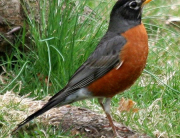


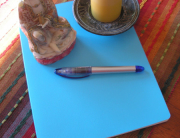

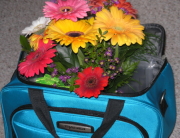
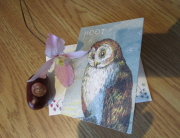

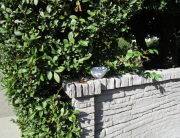
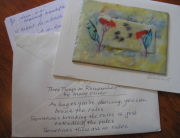




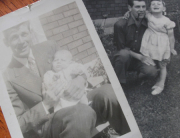
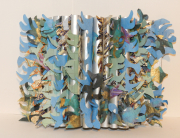


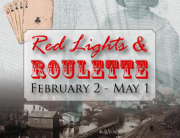
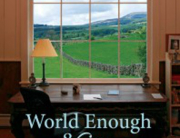
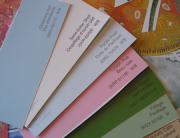


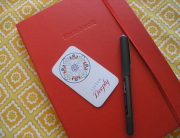
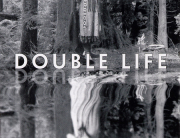

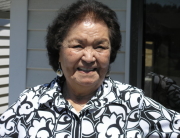
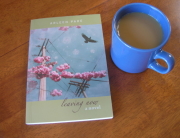



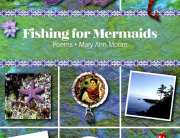
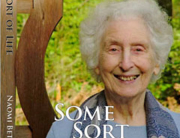
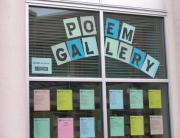
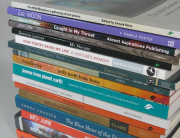

These are marvelous maxims! I will try to follow this wise advice. I appreciate your passing it on. Thanks, Mary Ann, for all the good work you do.